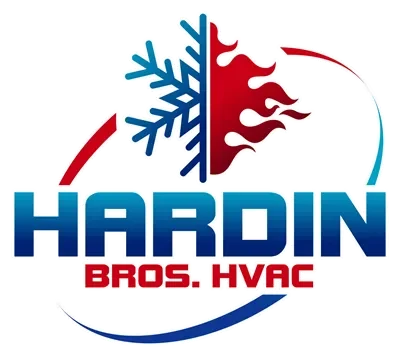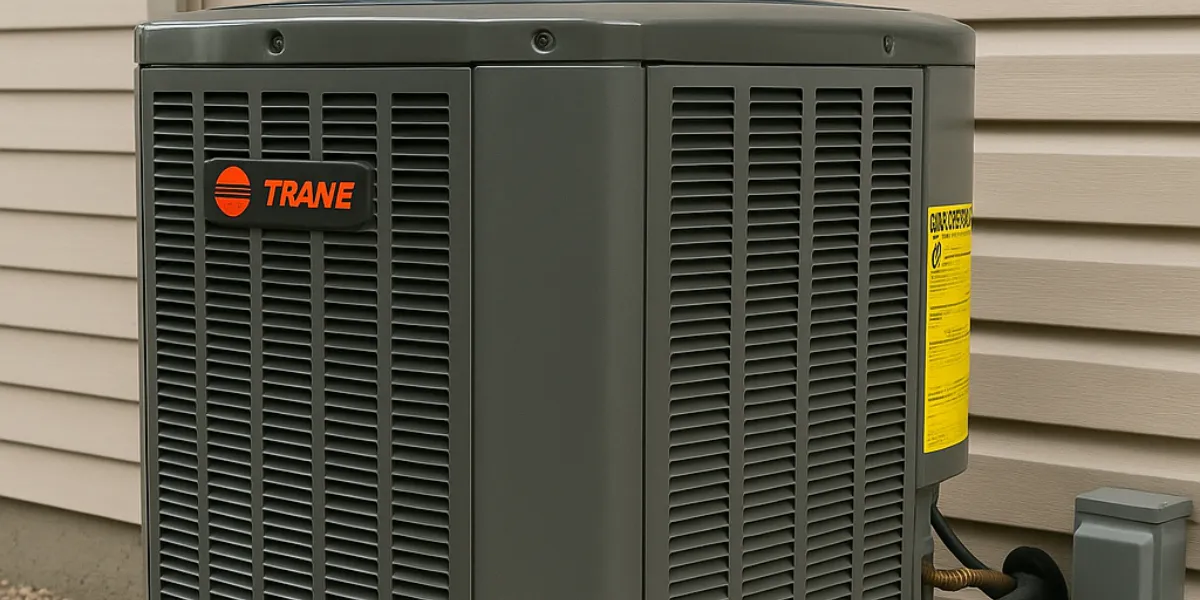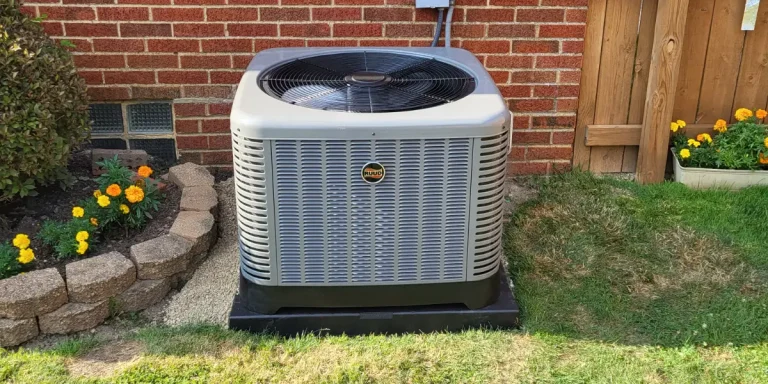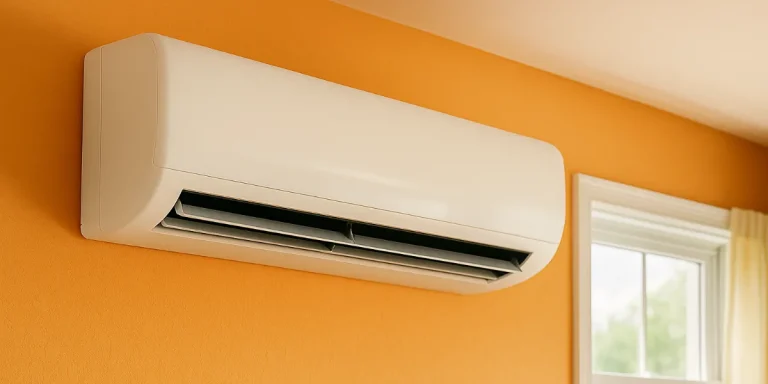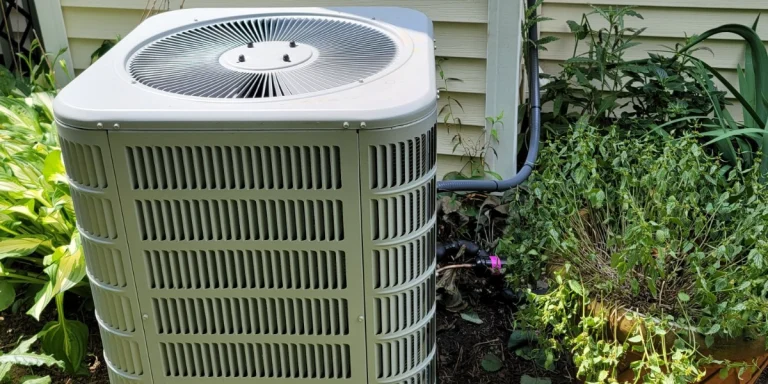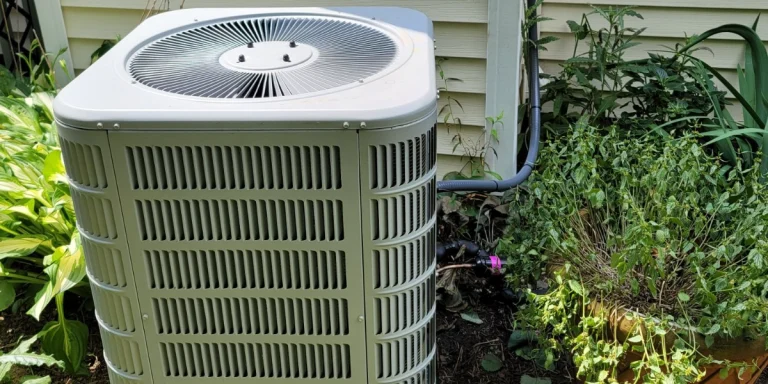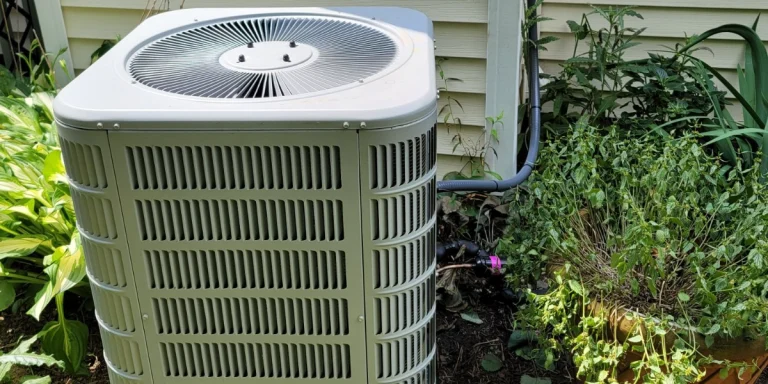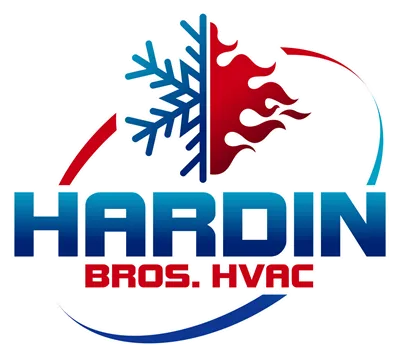What Size AC Do I Need for My Square Footage?
Choosing the right size air conditioner for your home is critical for ensuring consistent comfort, energy efficiency, and long-term system reliability. Many homeowners in the Cleveland area assume “bigger is better,” but oversizing or undersizing your AC can cause more problems than it solves.
At Hardin Bros HVAC, we specialize in helping local homeowners choose the right air conditioner based on their home's layout, insulation, and cooling needs—not just square footage.
Why AC Size Matters
Getting the size of your air conditioner right is one of the most important steps in ensuring long-term comfort and energy efficiency in your home—especially here in the Cleveland area, where humidity and temperature swings can push your cooling system to its limits.
A properly sized AC system is one that’s carefully matched to your home’s cooling load—not just its square footage, but also factors like insulation, window exposure, ceiling height, and how rooms are used. When your system is sized correctly, it will:
-
- Maintain even temperatures across all rooms, preventing hot spots and ensuring consistent comfort, even on the hottest days.
- Run efficiently without overworking itself, which leads to lower monthly utility bills and better performance over time.
- Avoid short cycling (rapid on/off cycles), which can wear out the compressor and other internal parts prematurely.
- Effectively control humidity, which is crucial in Ohio’s sticky summer weather. Proper dehumidification helps prevent mold growth and keeps your indoor air feeling cooler and more comfortable.
- Extend the system’s lifespan, since it’s not constantly straining to meet demand or shutting down before completing a full cooling cycle.
The Problem With Oversized or Undersized AC Units
It’s a common misconception that a bigger AC unit is automatically better. In fact, oversizing is just as problematic as undersizing—and in many cases, even worse. Here’s why:
-
- Oversized systems cool the space too quickly, which causes them to shut off before adequately removing humidity. This results in a damp, clammy indoor environment and more frequent wear and tear due to unnecessary cycling.
- Undersized systems struggle to cool your home, running almost constantly without reaching the desired temperature. This not only drives up energy usage but also puts strain on components and can lead to premature system failure.
If you’ve noticed issues like inconsistent temperatures between rooms, high energy bills, or a system that runs nonstop (or not long enough), there’s a good chance your air conditioner isn’t sized correctly.
At Hardin Bros HVAC, we’ve seen firsthand how improper sizing leads to unnecessary discomfort and expense for homeowners across the Cleveland metro. That’s why we always perform accurate Manual J load calculations to ensure you get the right fit—not a guess.
Estimating AC Size Based on Square Footage
While every home is different, square footage can provide a starting point when estimating how large an air conditioner your home might need. A general industry rule of thumb is to allocate about 20 BTUs (British Thermal Units) per square foot of living space. Based on this guideline, here’s a rough estimate:
-
- 1,000 sq ft home → ~20,000 BTUs → 1.5 to 2-ton unit
- 1,500 sq ft home → ~30,000 BTUs → 2.5 to 3-ton unit
- 2,000 sq ft home → ~40,000 BTUs → 3.5 to 4-ton unit
- 2,500+ sq ft home → 50,000+ BTUs → 4 to 5-ton unit
(1 ton = 12,000 BTUs)
However, square footage alone doesn’t paint the full picture. A home in Cleveland with older windows, limited insulation, or direct sun exposure will have drastically different cooling needs than a modern, energy-efficient home of the same size.
Factors That Can Affect Cooling Load
To get a more accurate understanding of your AC needs, it’s important to consider:
-
- Ceiling Height: Homes with vaulted or high ceilings require more cooling capacity due to the larger volume of air.
- Insulation Levels: Poorly insulated attics or walls can lead to heat gain, especially in older homes around the Cleveland metro.
- Window Size and Orientation: Large windows, especially those facing west or south, can let in significant heat during the afternoon.
- Sun Exposure: Homes with limited shade or those with dark roofing materials often absorb and retain more heat.
- Ductwork and Ventilation: Undersized or poorly designed duct systems can impact airflow and reduce the effectiveness of even a properly sized unit.
- Appliance Load and Occupants: More people and more heat-producing appliances (like ovens and electronics) can also increase the cooling demand.
Why We Don’t Rely on “Rules of Thumb” Alone
At Hardin Bros HVAC, we never guess when it comes to your comfort. That’s why we perform Manual J load calculations to determine the exact size your AC system needs to be for your unique home. This calculation takes into account dozens of variables specific to your home—not just the square footage—ensuring your system is efficient, reliable, and built to last.
Whether you're upgrading an older unit or installing a new system in a home addition, we’re here to help you get it right the first time.
What Else Affects AC Size?
To properly size an air conditioning system for your Cleveland-area home, professionals like the team at Hardin Bros HVAC consider much more than just square footage. A quick estimate might give you a starting point, but for accurate sizing, a full Manual J load calculation is essential. This ensures your system will cool your home efficiently without overworking—or underperforming.
Here are the additional factors we assess during a professional evaluation:
-
- Windows
We look at the number, size, placement, and type of windows in your home. South- or west-facing windows, especially if they’re single-pane or unshaded, can significantly increase your cooling load due to solar heat gain. - Insulation Levels
Homes with poor insulation lose cool air faster, requiring a larger system to maintain comfortable temperatures. Conversely, well-insulated homes may perform well with a smaller, more efficient unit. - Sun Exposure and Orientation
A home that faces east or west may receive more direct sunlight throughout the day, which can affect internal temperatures and how hard your system has to work. - Ceiling Height and Home Layout
Vaulted ceilings or open floor plans can increase the volume of air your system needs to cool. Multi-story homes also require zoning or careful system balancing to ensure consistent comfort on every level. - Occupancy Load
More people inside a home means more body heat—and more demand on your air conditioner. We account for the typical number of occupants to ensure adequate capacity. - Appliances and Electronics
Heat-generating devices like ovens, dryers, and large electronics contribute to the internal heat load. We factor in these sources when calculating the appropriate system size. - Condition and Design of Ductwork
Leaky or poorly sized ducts can reduce airflow and efficiency. Our team inspects your ductwork to make sure it supports the system you need.
- Windows
All of these details are used to recommend an AC unit that’s tailored to your home—not just something off-the-shelf. At Hardin Bros HVAC, our goal is to install a system that provides long-term comfort, performance, and energy efficiency. Whether you're upgrading an old unit or building an addition, we take the time to get it right.
Why DIY Sizing Is Risky
Some homeowners try to estimate AC size themselves or use online calculators that don’t account for real-world conditions. This often results in a system that’s too large or too small for the space. An oversized system may cool your home quickly, but it won't run long enough to remove humidity—leaving your home feeling clammy and uncomfortable. An undersized system, on the other hand, will run constantly and still struggle to cool the space, driving up energy bills and causing early wear on components.
The only way to truly ensure the right fit is by having a licensed HVAC contractor perform a Manual J calculation, which we include as part of every installation quote.
Expert AC Installation From Hardin Bros HVAC
At Hardin Bros HVAC, we don’t cut corners when it comes to sizing and installing air conditioning systems. We provide detailed assessments for every home we service and install units from trusted brands like RUUD, Ducane, and Trane. Whether you’re replacing an outdated unit or installing a new one in a renovated space, we make sure your investment delivers long-term comfort and energy savings.
Proudly Serving the Cleveland Metro Area
Hardin Bros HVAC provides air conditioning installation and replacement services in:
-
- Cleveland
- Rocky River
- Fairview Park
- Lakewood
- North Olmsted
- Parma
- Parma Heights
- Middleburg Heights
- Strongsville
- North Royalton
- Broadview Heights
- Valley View
- Westlake
- Brook Park
- Brooklyn
- Independence
Call Today for a Professional AC Sizing Assessment
Make Sure Your AC Fits Your Home—and Your Budget
Don’t guess when it comes to cooling your home. Contact Hardin Bros HVAC for a professional AC sizing and installation estimate. We’ll ensure your system is matched to your home’s unique needs and provide a hassle-free installation backed by years of experience serving the Cleveland metro area.
